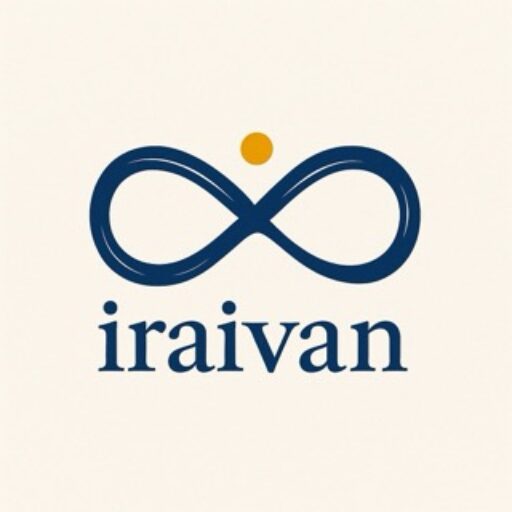Hailing from a middle-class family, I never imagined creating a company. That changed after a heated argument with my manager at HP—a fallout from my immature handling of a promotion case. Little did I know that incident would spark a transformation.
It all began when I stumbled upon a roadside bookstall on Brigade Road in Bangalore. I picked up Before You Quit Your Job! The title intrigued me, though I think it should have been Before You Start a Business Full-Time! 😊
The book described entrepreneurship as jumping out of a helicopter without a parachute and building one before hitting the ground. That sounded incredibly cool to my younger self!
The Journey of My Startups
With that spark, I began my entrepreneurial journey. Here’s a glimpse of my ventures:
- Oviasoft: A training venture started half-heartedly.
- VMLogix: Joined an 18-member startup that later got acquired by Citrix.
- GoGuruoo: Built a social network to connect students with professionals—this one failed.
- ActOnMagic: Put my whole heart into this venture, leading to its hybrid exit.
- HabitZup: A refined and mature attempt, focusing on building positive habits.
Each of these taught me invaluable lessons, shaping me into the entrepreneur I am today.
Types of Startup Exits
Over the years, I’ve attended workshops, listened to VCs, and met founders who’ve experienced all kinds of exits. Here are some common ones:
1. Closed Startups
This is the saddest scenario. The startup fails to generate revenue and shuts down. It’s a tough time for founders.
2. Acquired Startups
The parent company acquires the startup for a hefty sum. Employees are absorbed, their tenure is honored, and products are integrated into the parent’s offerings.
Example:
When VMLogix was acquired by Citrix, products like VMLogix Web Self Service and Lab Manager were integrated into Citrix’s XenServer family. Employees received stock options and RSUs, making it a successful exit I witnessed in 2010-11.
3. Sold Startups
Here, the founder sells the business without joining the parent company. Customers are transitioned to a more stable service.
4. Acqui-Hired Startups
The parent company hires the startup’s team but may or may not use the product. Founders and employees join with new terms, often without stock options or continuity in benefits.
5. Hybrid Exit (ActOnMagic’s Case)
In this unique scenario, NTT Netmagic acquired ActOnMagic’s intellectual property. The product was integrated into their mainstream offerings, serving customers seamlessly. Founders joined NTT Netmagic in leadership roles with fresh joining terms.
Lessons Learned
From half-hearted beginnings to mature ventures, every step has been a lesson in resilience, adaptation, and growth. I hope you found something useful in this article today.
And now, a joke to lighten things up:
Why did the startup founder bring a ladder to the board meeting?
Because they wanted to reach new heights! 🚀 🙂 🙂







